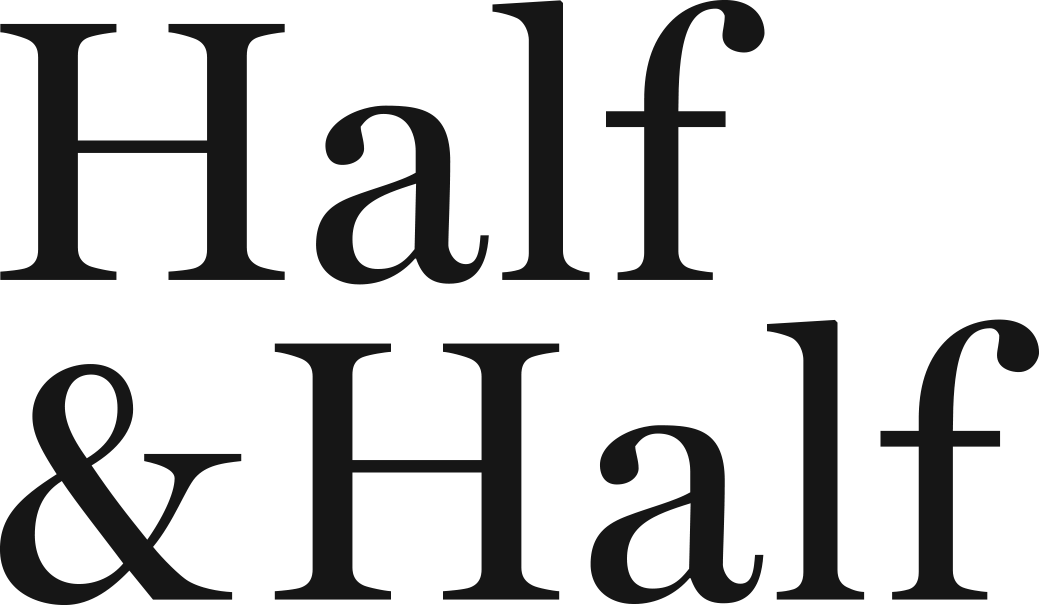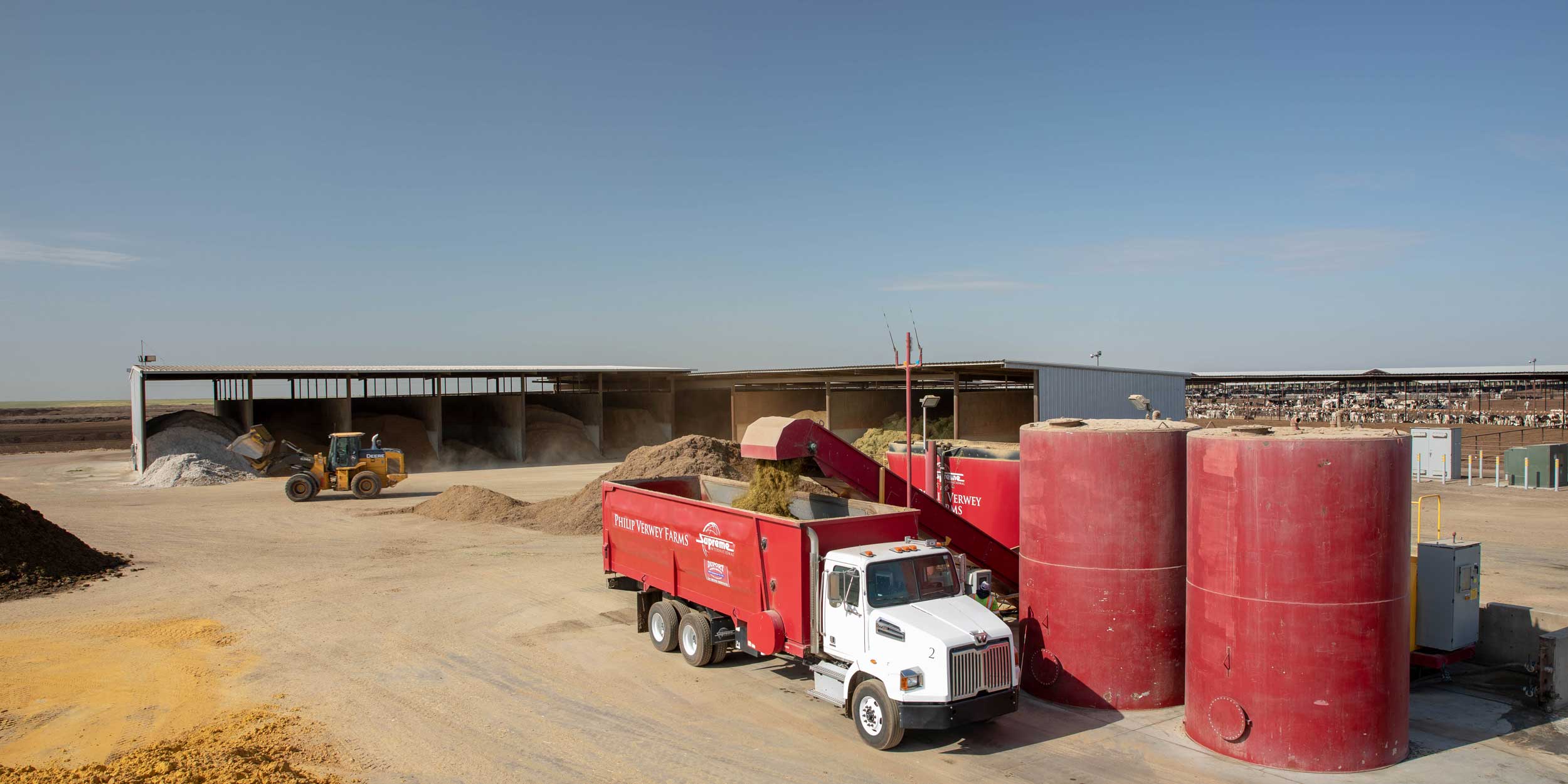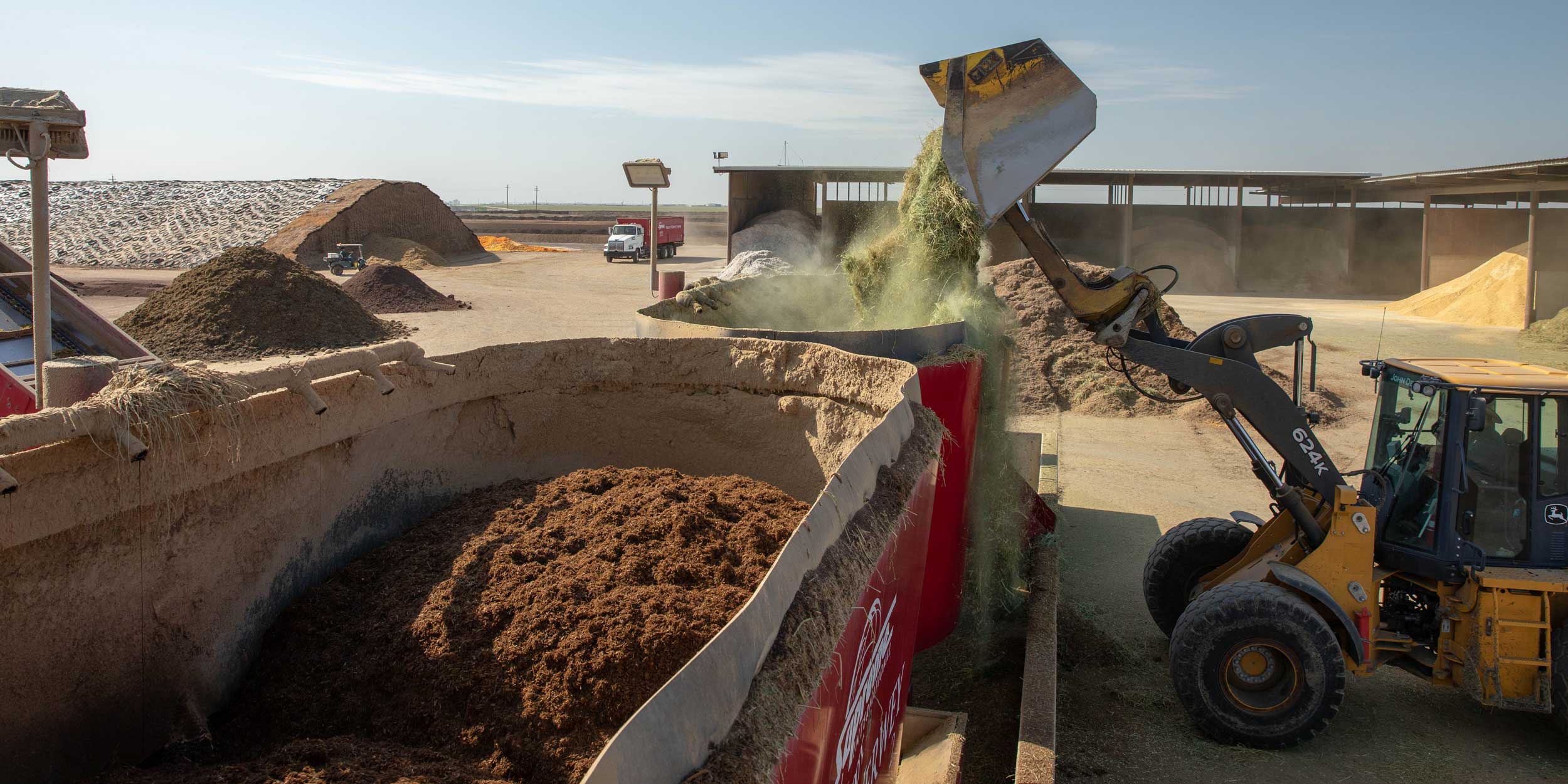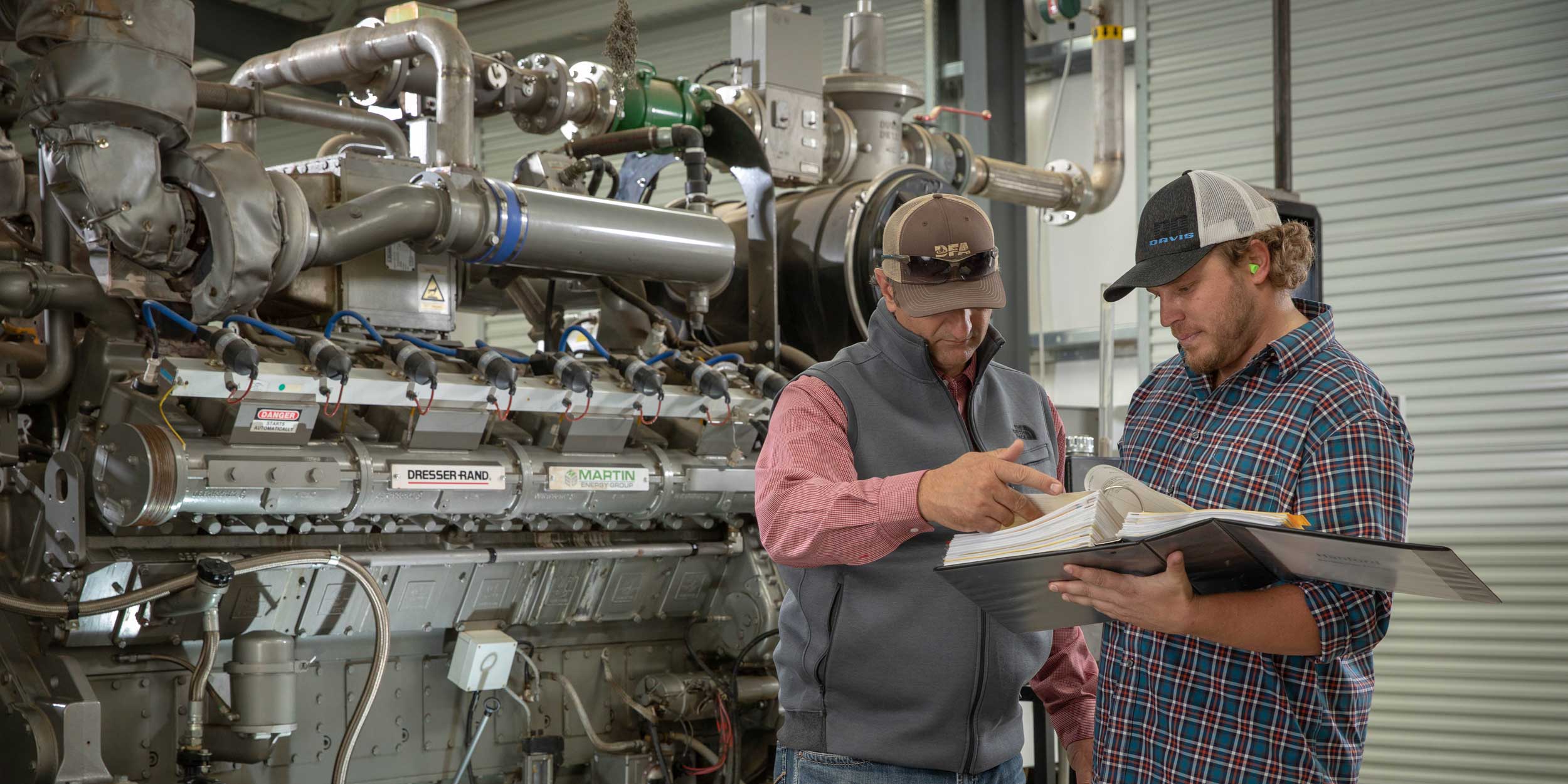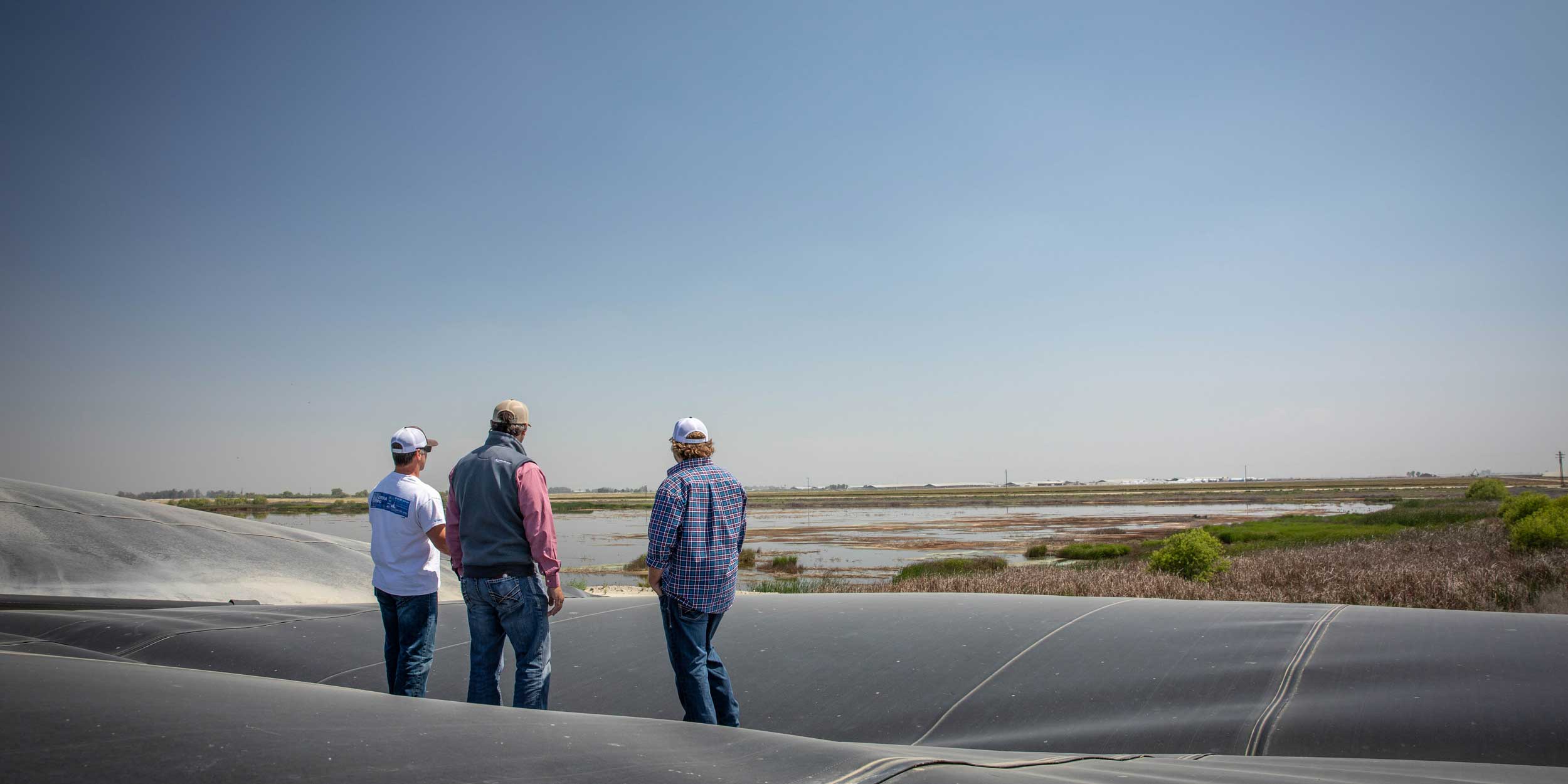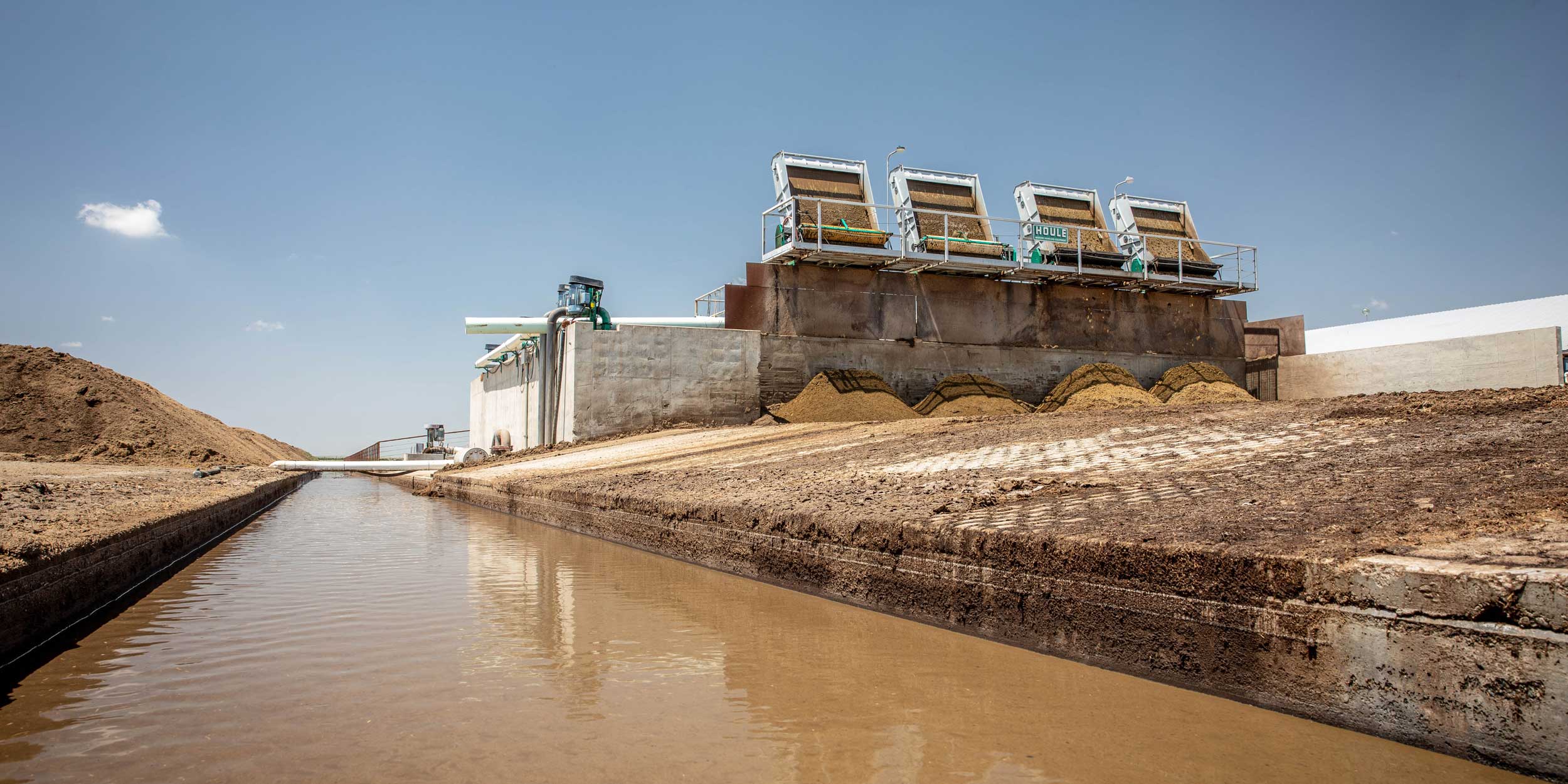Going Green in the Golden State
/I cruised up to the Central Valley of California after three days on the road traveling from the Heartland to the West Coast. Interstate 70 ushered me through the Flint Hills and Rocky Mountains, and Interstate 15 took me through Fishlake National Forest and right by the future site of Dairy Farmers of America’s (DFA) newest cheese retail store in Beaver, Utah. A few more U.S. highways and mountain roads guided me through Death Valley National Park and Sequoia National Forest. The end of my journey brought the hot, white sand and cold, blue water of the Pacific Ocean.
Along the way, I witnessed a turkey with feathers fanned,strutting his stuff for some nearby hens. A pheasant flew so close to the truck, I had visions of cracked windshields. Lights from a wind farm shone like stars scattered across a field, and solar panels glinted in the desert sun as far as I could see.
A couple hours from my final destination, the verdant acres of Philip Verwey Farms greeted me with a much-needed respite from the road and provided hope that the beauties I encountered during my cross-country trek would be here for many years to come.
That’s because Philip Verwey and his son, Brent, are committed to green practices on their dairy farms and to being industry leaders in sustainability. Green operations make good business sense, as well as environmental sense, and the Verweys believe they’re good for the dairy industry, too. Brent explains that implementing sustainable practices is important to the Verweys because it allows them to demonstrate the viability of these practices to their fellow dairy farmers.
Philip Verwey and Frank Cardoza
“Being environmentally friendly is good for everyone,” he says. “It’s good for the public and it’s good for the industry. By paving the way and helping show these practices work for the business, more dairymen may be open to making some of these sustainable changes.”
Staying at the forefront of environmental innovations has enabled the Verweys to partner with their local and national regulatory agencies, and they’ve invited other dairy farmers to see their work in action through open-house events and allowing writers like myself to visit the dairies.
The nitty-gritty
Philip Verwey Farms consists of about 4,600 acres, 10,000 milking cows and 7,000 young cows not yet in the milking herd. And, with that many animals, there is bound to be some major manure. Instead of letting all this waste simply go to waste, the Verwey family turns it into electricity. And bedding for their cows. And fertilizer for the fields. Oh, and at full capacity, their anaerobic digester can create enough energy to power the farm and allow the Verweys to sell two-thirds of the total energy back to their local utility cooperative. For the family, being good stewards of the land also means emissions reduction and water conservation are top priorities for themselves and their employees.
“We take care of each of these individual areas and will ensure the longevity of animals and the dairy industry.”
Frank Cardoza, controller at Philip Verwey Farms, manages the day-to-day operations of the three farms. “When they hired me, Philip and Shelley said there were three things important to them,” Frank told me. “Number one is that we create a safe working environment that will attract hard-working people who want a career in the ag industry. Two is to ensure there’s no animal abuse and use the best animal handling practices. And number three is the environment. Always find ways to conserve water and reduce air pollutions. Those are the three things Philip and Shelley wanted me to focus on, and they all work together in harmony. We take care of each of these individual areas and will ensure the longevity of animals and the dairy industry.”
Harmony feels like the perfect word to describe the Verwey operation. Between recycling and conserving water, producing bedding and fertilizer, and creating energy that fuels the farms, the whole system works in sync.
A self-sustaining cycle
While many components comprise the sustainable systems on Philip Verwey Farms, they can be broken down into three main parts: recycled water, the anaerobic digestion system and the electric feed mixers. These three parts work together to create a green, self-sustaining cycle. The water flushes manure into the anaerobic digestion system, which creates electricity to run the feed mixers, which provides a total mixed ration to feed the cattle. The cattle then produce the wholesome milk with which we nourish our families, as well as the byproduct the water then flushes to the digester.
Recycled water
The water starts its journey through the dairy as it’s pumped from electric wells that provide fresh drinking water for the animals. Recycled water is then used to flush the lanes in all the freestall barns. It passes over screens in separators where large solids are sifted out and sent on to live another life as bedding and fertilizer. The water is then recycled and used to flush the heifer corrals. Lastly, the same water flows underground to the anaerobic digestion system, where it produces natural gas to power generators that deliver energy.
The goal for the dairies is to recycle all the water they use. Frank estimates they’re currently close to the 90-percent mark.
Anaerobic digestion system
Anaerobic digestion is the process where manure from the dairy herd is converted into energy by microorganisms in the absence of air. As Brent toured our group around Philip Verwey Farms, he summarized their system, which was commissioned in October 2016. The large, covered lagoon — double-lined to prevent groundwater seepage — where the conversion occurs is a half-mile long by 300-feet wide. It has a holding capacity close to 30 million gallons and energy potential of 20 million kilowatt hours’ worth of electricity — enough to power 5,000 homes or three large dairy facilities.
Brent walked our small group out on top of the black, rubber cover, which the biogas transforms into an enormous, curved balloon. As we reached the summit of the cover, we were treated to a bird’s-eye view of the surrounding fields, where the water table seeped through green fields and birds flapped and chirped.
As we descended, we walked straight toward the stack at the generator site, which gleams in the sunshine and gives off almost no emissions.
Electric feed mixers
One day while driving home, Philip had the idea to further reduce emissions by converting the farms’ traditional diesel-fueled mixing wagons to an electric-driven feeding system. He submitted a proposal to the San Joaquin Valley Air Pollution Control District through their Technology Advancement Program and was granted funding to help complete the project.
Philip subsequently eliminated the emission of more than 20 tons of nitrogen oxides each year through the use of two stationary mixers.
The total mixed ration Philip feeds his cows contains 12 different types of feed, including wheat and corn silage the family grows on the farms. The electric mixers prevent sorting of all these feeds and reduce diesel usage from running tractors. The farms’ diesel usage went from roughly 7,000 gallons of fuel every three to four weeks to 500 gallons of fuel for the same time frame.
Additionally, the blending of the mixed ration is more consistent and uniform, and the efficiencies provided by the mixers cut feeding time in half — from 20 hours per day to about nine hours per day.
Frank Cardoza, Brent Verwey and Paúl Alcarai
The future
As I left Philip Verwey Farms, with the date palm fronds swaying in the breeze, I couldn’t help but wonder what would be next for the Verweys. Would it be the natural gas filling stations they are planning? The fleet of natural-gas-powered tanker trucks? Or some other new technology to reduce their carbon footprint and increase efficiencies? Philip is always trying to do more. He’s an innovator and is constantly looking for ways to run his dairies more efficiently. With his penchant for installing environmentally friendly features on his farms, I’m sure the next green thing is right around the corner.
